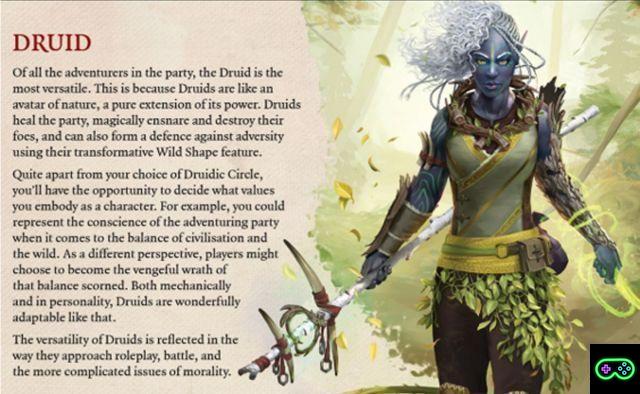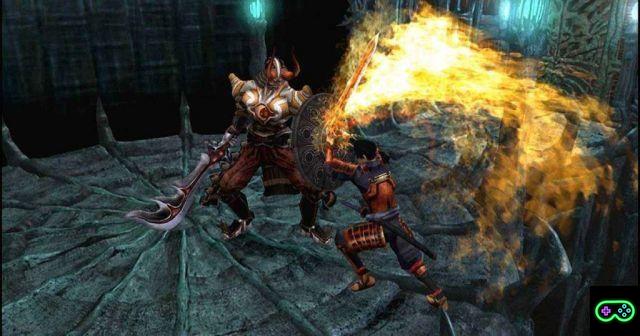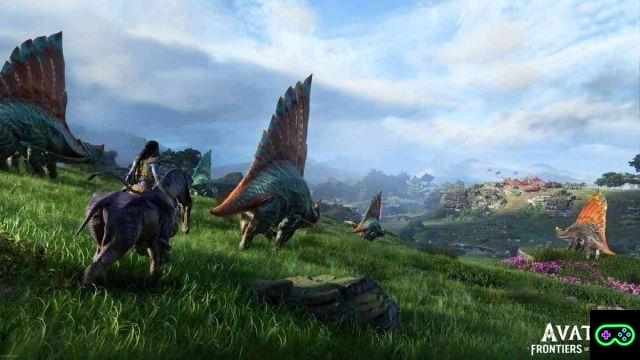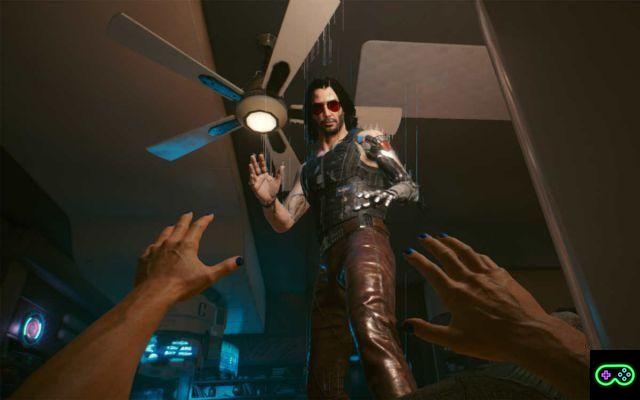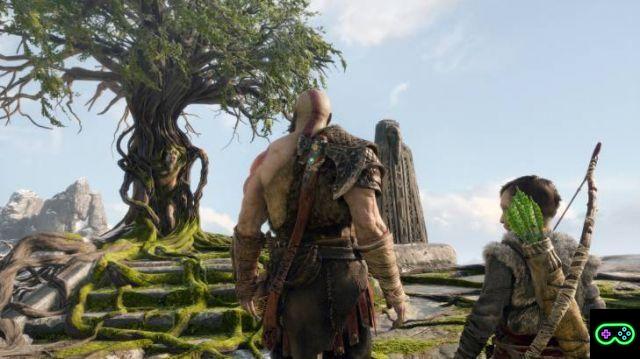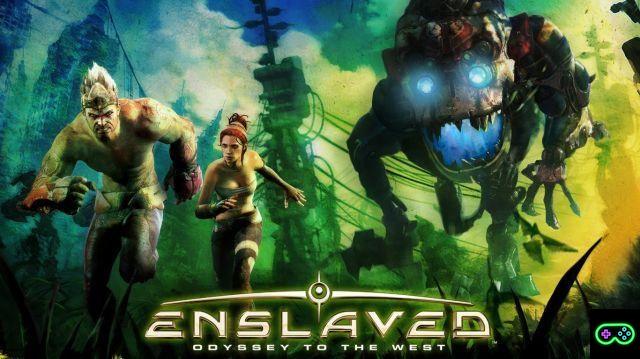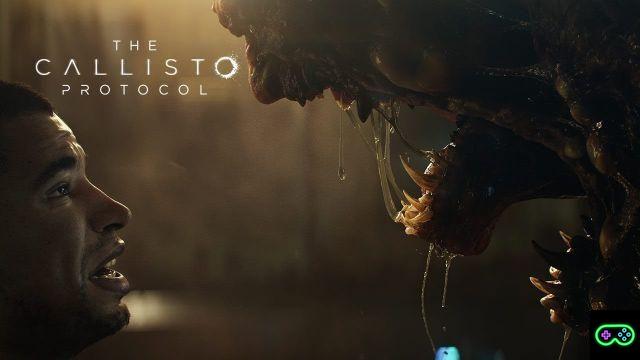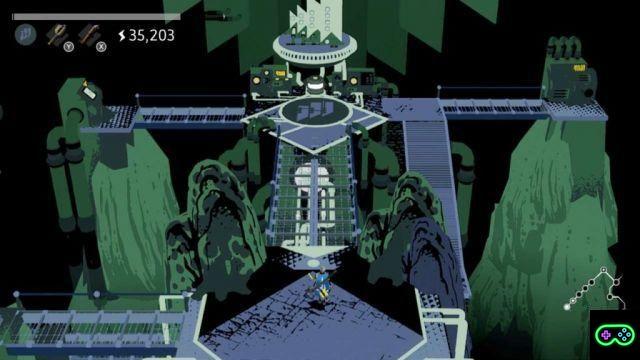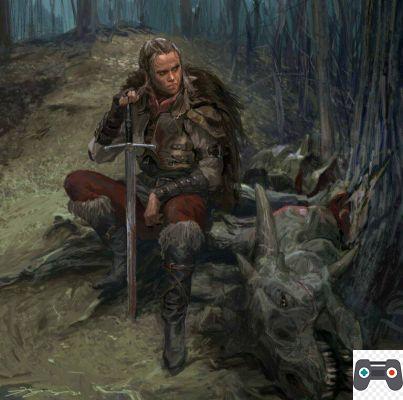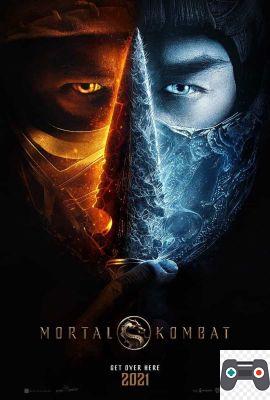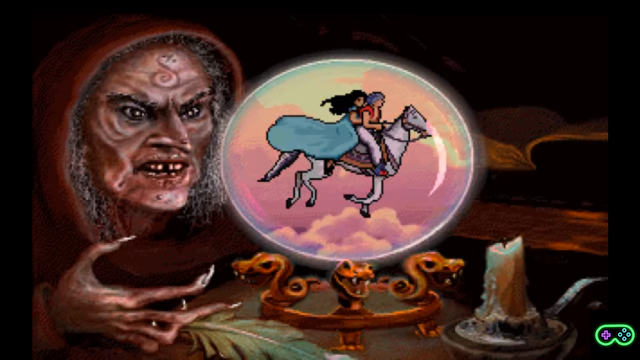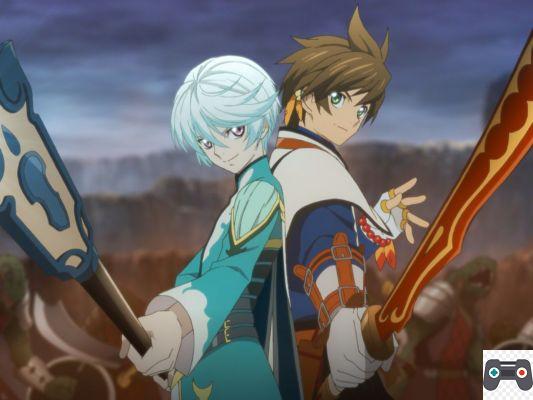
Article by Gianluca “Dottorkillex” Arena
So far strangely absent from the appeal of Japanese role-playing games landed on Playstation 4, the saga of "Tales of" by Bandai Namco debuts on the Sony console with Tales of Zestiria, cross gen chapter (it is also available in PS3 version, the reference platform for all beginning of the programming cycle) which promises the addition of an open world to the usual, visceral real-time combat system, which contributed to the success of the numerous chapters that preceded it.
After almost fifty hours of testing, here is our report on one of the most anticipated JRPGs of 2015.
Humanity on its knees
Despite the rich color palette and the carefree trait that characterize the glance, the topics covered by Tales of Zestiria are more serious than one might think: the world of men, caught between greed and selfishness, it is feeding, with its load of negative emotions, the Avernals, evil spirits who, hidden from the sight of people, live among them, accumulating wealth and feeding on human weaknesses.
This rampant corruption cannot fail to have effects also on nature, so much so that, in the movie that opens the dances, the sky suddenly darkens, drowning the earth in an endless night: according to the legend, only a Redeemer can save the humanity, and guess who's gonna play it?
Beyond the religious parallels, the events narrated by the latest effort of Hideo Baba's team, after a very slow start, manage to fuel, but proposing a fluctuating cast of characters, within which well-defined personalities and walking stereotypes coexist. , taken from the Japanese role-playing imagery, which the Tales of saga has helped to create over the last twenty years.
Paradoxically, the most two-dimensional character is precisely the protagonist: Sorey perfectly embodies the profile of the good country boy, with a very limited knowledge of the things of the world, whose good heart leads him to live an exceptional adventure and to play a pivotal role in the salvation of mankind, which passes through the Seraphim, benign spirits opposed to the Avernals.
Completely self-contained and detached from the plots that preceded it, the plot holds up, all in all very well, as long as the player is willing to overlook the use of clichés and characters of which, after a half glance, it is possible predict behavior throughout the rest of the adventure.
The neophytes of the genre, to which, as we will see, the title seems to be primarily addressed, will still enjoy the story without too much effort, coming to an end no earlier than fifty hours.
Everyone deserves a chance
If, at a quick glance, it might seem that the gameplay of Tales of Zestiria follows quite slavishly the stylistic elements to which the saga has accustomed its millions of fans, already after ten hours of playing it becomes clear that a series of small changes has moved the focus of the game, which, while remaining unchanged in its cornerstones, winks at all those who have never tried their hand at a JRPG that bore the name of the Tales.
As per tradition, the player leads a party of characters of varying numbers, explores the game world (this time with fewer loading screens to interrupt the exploration phases) and fights enemies visible on the map through a fast combat system, with strong emphasis. about the action, which is very reminiscent of a rosewater action game.
Regular attacks and limbs are mapped to the PS4's front keys at will, and, in combination with the direction of the analog stick, they create even very long combinations, which prevent enemies from reacting, almost as if we were in a fighting game: whether you are veteran or newbies, every battle in Tales of Zestiria will give you an adrenaline rush.
Precise and consistent game design choices, however, seem to direct the game towards an inexperienced audience, rather than towards the fanbase most fond of the saga: from character management to that of snacks, or consumable objects that temporarily improve the characteristics of the party , passing through the possibility of recovering all the hit points lost between one battle and another, the system appears designed for those who want to give the series a chance for the first time.
Even once an enemy has been engaged, the new system that regulates the quantity and frequency of the use of the Limbs is unbalanced: these consume CS, affected, to a lesser extent, even by regular attacks, and can be restored simply by successfully parrying an opponent's attack (via the pressing the square button).
This means, in a nutshell, a virtually infinite flow of moves and skills available to the player, with the tip of the balance that ends up leaning towards the most frenzied button mashing in place of strategic planning based on the remaining amount of magic points.
If this choice, in the short term, ensures exciting fights already from the lowest levels and speeds up the pace of the clashes (and, consequently, of the game), in the long run we miss the depth that characterized the best exponents of the series so far.
The other result is that the game difficulty has become decidedly more condescending, so much so that only the Difficult level (the last of the four available) is able to offer the most experienced players a stimulating challenge, as long as you do not abuse the possibility. to merge with one of the Seraphim, of course: at the pressure of the left dorsal, the protagonist wears a magical armor, and sees his attack and defense values further enhanced, killing the enemy troops.
Certainly spectacular, this gameplay solution mortifies the balance, subtracting depth from an otherwise very enjoyable title.
PS3 to PS4
The wonderful character design and the beauty of the interlude footage, shot in an anime style that, personally, never tires, still fail to hide the PS3 origins of the project, with many low-quality textures scattered around the game world to make in contrast to the excellent polygonal models of the characters.
Considering the cross gen development and the fact that rarely, before Zestiria, the saga had produced impeccable titles on a technical level, you can turn a blind eye to the graphic flaws, but it is good to keep in mind, for potential buyers, that the power of PS4 not seen here.
The sound side, on the other hand, is very good, boasting the double Japanese / English audio track, with the first being preferred not only for the acting quality, but also for the synchronization with the lips of the characters on the screen.
No notes even on longevity, in line with that (always more than satisfactory) of the rest of the series: expect to spend up to seventy hours with the game in case you want to face all the research and side missions to the main one.
Final comment
Tales of Zestiria opens its doors to legions of new fans, in an attempt to expand even more an already very strong fanbase, both at home and in the West.
This large community, however, may not like the numerous, small simplifications that characterize the gameplay, or the involution of the challenge level, a constant feature of many of the most successful episodes of the saga so far.
We are however in front of a worthy product, for playful offer, production values and fun rate, but from the debut on PS4 it was legitimate to expect a little more.




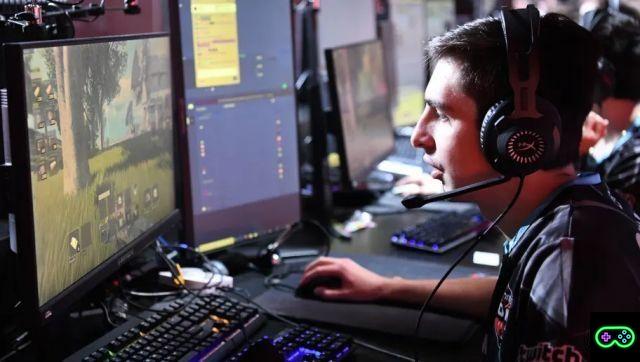
![[The Bear's Lair] God of War: Betrayal and Greek mythology](/images/posts/17432d3b12ecfec44b0b855d20c7520f-0.jpg)



